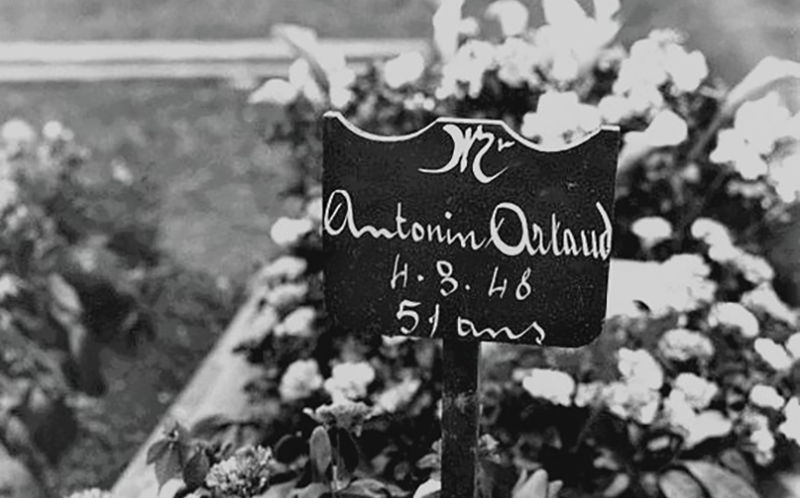ANTONIN ARTAUD
OUT SUMMER 2021
A Sinister Assassin:
Antonin Artaud’s Last Writings, September 1947-March 1948
Edited, translated and with an Introduction by Stephen Barber
Illustrated by Karolina Urbaniak & Martin Bladh
A Sinister Assassin presents new translations of Antonin Artaud’s largely unknown final work of 1947-48, revealing new insights into his preoccuptation with the human anatomy, sexuality, societal power, creativity and ill-will.
That last work - mostly undertaken at a pavilion in the grounds of a convalescence clinic in Ivry-sur-Seine, on the south-eastern edge of Paris - is the most extraordinary element of Artaud’s entire prolific body of work. It is the element now most enduringly inspirational, for artists, filmmakers, musicians, writers, choreographers, and others inspired by Artaud, through its fiercely exploratory and combative forms.
Drawing from extensive archival consultations of Artaud’s manuscripts, and from many original interviews with his friends, collaborators and doctors of the 1940s, this book brings together translations of the many manifestations of Artaud’s final writings: the contents of his last, death-interrupted notebook; his letters; his two final key texts; his glossolalia; the magazine issue which collected his last fragments; and the two interviews he gave to national newspaper journalists in the final days of his life, in which he denounces his work’s recent censorship.
Edited, translated and with an Introduction by Stephen Barber, A Sinister Assassin illuminates Artaud’s last, most intensive work, for the first time.

About the Author
Antonin Artaud's work has a world-renowned status for experimentation across performance, film, sound, poetry and visual art. In the 1920s, he was a member of the Surrealist movement until his expulsion, and formulated theoretical plans across the first half of the 1930s for his 'Theatre of Cruelty' and attempted to carry them through. He made a living as a film actor from 1924 to 1935 and made many attempts to direct his own film projects. In 1936, he travelled to Mexico with a plan to take peyote in the Tarahumara lands. In 1937, preoccupied with the imminent apocalypse, he travelled to Ireland but was deported, beginning a nine-year asylum incarceration during which he continued to write and also made many drawings. After his release in 1946, he lived in the grounds of a sanatorium in Ivry-sur-Seine, close to Paris, and worked intensively on drawings, writings and sound-recordings. He died on 4 March 1948. His drawings have been exhibited on several occasions, notably at the Museum of Modern Art in Vienna in 2002 and at the Bibliothèque Nationale in Paris in 2006.